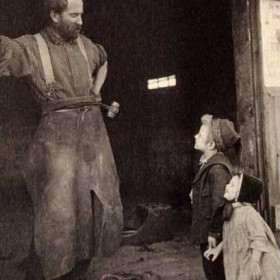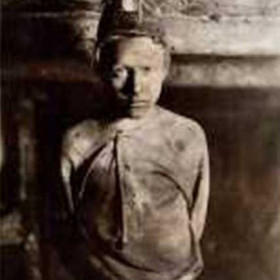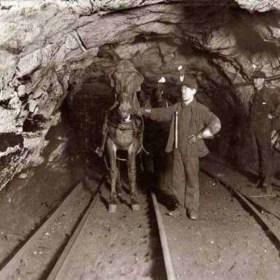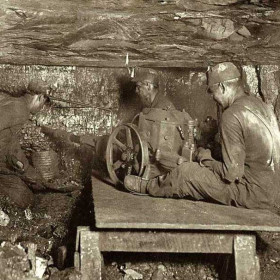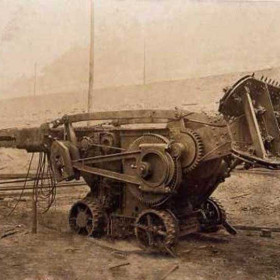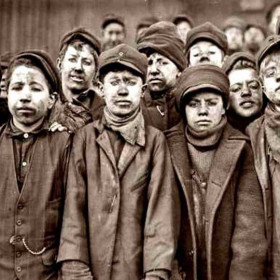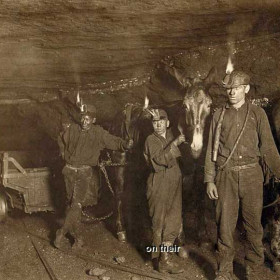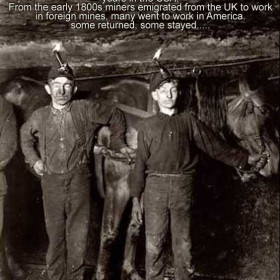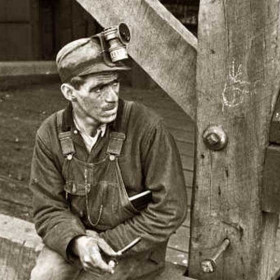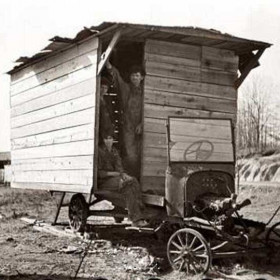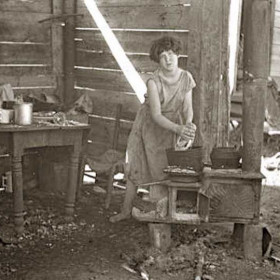At the start of the 19th century, coal mining was almost all bituminous coal. In 1810, 176,000 short tons of bituminous coal were mined in the US, versus 2,000 tons of anthracite. US coal mining grew rapidly in the early 1800s, doubling or tripling every decade. Anthracite mining overtook bituminous coal mining in the 1840s, and from 1843 through 1868, more anthracite was mined than bituminous coal. But the more limited deposits of anthracite could not satisfy the increasing demand for coal, and from 1869 on, bituminous coal was the predominant grade of coal mined.[3] Another reason for the decline in anthracite was the decline in its use in iron smelting, where it was displaced by coke in blast furnaces after the Civil War. Coke stayed hard and porous and was able to support the heavy column of ore and fuel in the large blast furnaces it enabled.
1900-1943, 1944-1999
Total coal output soared until 1918; before 1890, it doubled every ten years, going from 8.4 million short tons in 1850 to 40 million in 1870, 270 million in 1900, and peaking at 680 million short tons in 1918. New soft coal fields opened in Ohio, Indiana and Illinois, as well as West Virginia, Kentucky and Alabama. The Great Depression of the 1930s lowered the demand to 360 million short tons in 1932.




